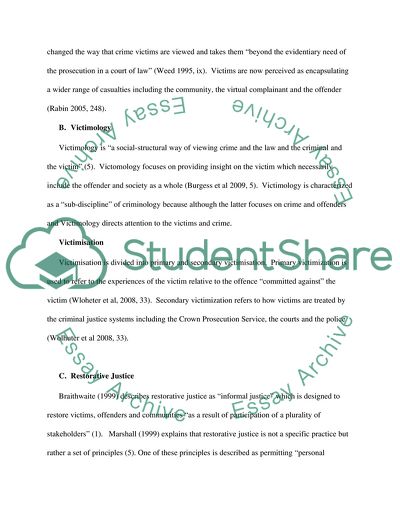Cite this document
(Theoretical Perspectives on Victimology Term Paper, n.d.)
Theoretical Perspectives on Victimology Term Paper. Retrieved from https://studentshare.org/law/1742519-victims-victimology-and-restorative-justice
Theoretical Perspectives on Victimology Term Paper. Retrieved from https://studentshare.org/law/1742519-victims-victimology-and-restorative-justice
(Theoretical Perspectives on Victimology Term Paper)
Theoretical Perspectives on Victimology Term Paper. https://studentshare.org/law/1742519-victims-victimology-and-restorative-justice.
Theoretical Perspectives on Victimology Term Paper. https://studentshare.org/law/1742519-victims-victimology-and-restorative-justice.
“Theoretical Perspectives on Victimology Term Paper”, n.d. https://studentshare.org/law/1742519-victims-victimology-and-restorative-justice.


